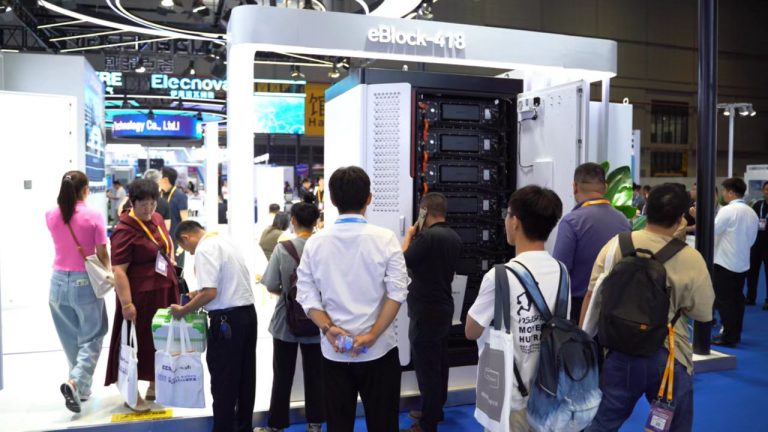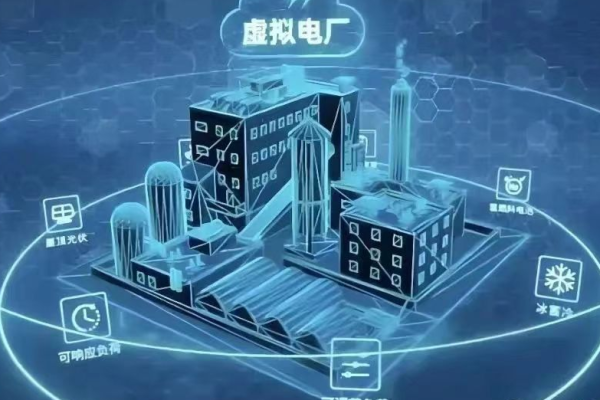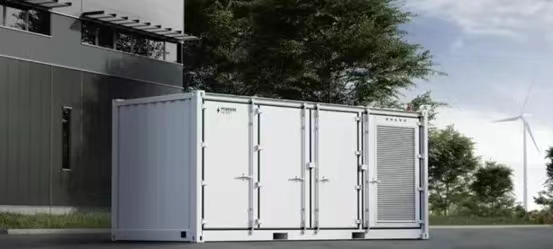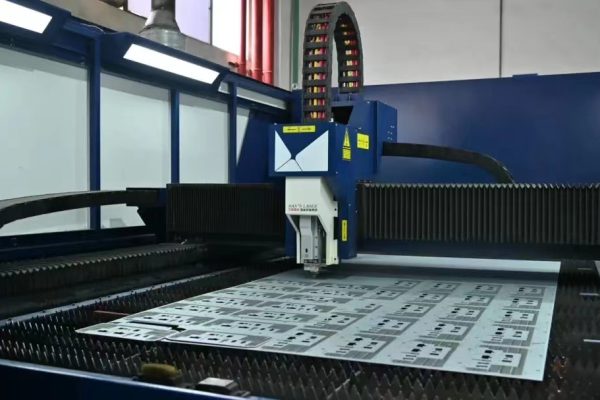A Practical Guide for Solar + Storage Project Proposals
1. Why a Strong Offer Matters
Commercial and Industrial (C&I) clients are savvy buyers. They often compare multiple suppliers and proposals, looking for clarity, ROI, and technical confidence. A strong system offer does more than list prices — it demonstrates competence, reliability, and value.
By including the right elements in your proposal, you reduce negotiation time, avoid misunderstandings, and increase your chances of winning the project.
2. Step One: Executive Summary
Start with a concise overview of the system:
- Total project size (kW/kWh)
- Expected annual energy production (kWh/year)
- Key benefits (cost savings, carbon reduction, backup power)
- Project timeline and major milestones
Tip: Keep it non-technical but persuasive — C&I decision-makers often skim this section first.
3. Step Two: Technical Scope
Include detailed information on:
- PV Array
- Module type, quantity, and orientation
- Estimated performance (Pmax, efficiency, temperature coefficient)
- Energy Storage System (ESS)
- Battery chemistry and capacity (kWh)
- Cycle life, warranty, and efficiency
- Thermal management features
- Inverters & Controllers
- Type (hybrid, string, or central)
- Rated power and efficiency
- Communication protocols and integration with EMS
- Ancillary Equipment
- Cabling, combiners, disconnects, and monitoring hardware
- Safety features like arc-fault and overcurrent protection
Tip: Use a system diagram to make connections clear without overwhelming the client with engineering detail.
4. Step Three: Financials and ROI
C&I clients care deeply about return on investment. Include:
- Total project cost (equipment + installation + commissioning)
- Estimated payback period and ROI
- Available incentives or rebates
- Energy cost savings per year
Tip: Visual aids like bar charts or payback graphs help convey the financial benefit quickly.
5. Step Four: Service and Warranty
Highlight:
- Warranty coverage for panels, inverters, and batteries
- Maintenance schedule (annual inspections, firmware updates)
- Support response times and contact points
Tip: Clear service commitments reduce perceived risk for business clients.
6. Step Five: Compliance and Certification
Demonstrate that the system meets:
- Local grid codes
- Safety and quality standards (IEC, UL, CE, etc.)
- Environmental or sustainability certifications if applicable
This builds trust and credibility, especially with clients in regulated industries.
7. Step Six: Optional Add-Ons
C&I clients often appreciate:
- Monitoring dashboards for real-time performance tracking
- Energy management optimization (peak shaving, demand response)
- Battery expansion or PV additions for future-proofing
Offering options shows flexibility and positions you as a solution partner rather than just a vendor.
8. Step Seven: Clear Terms and Next Steps
End the offer with:
- Payment terms
- Installation timeline
- Conditions for project start and completion
- Contact information for technical and commercial queries
Tip: A clear, professional closing speeds up decision-making.
9. Make It Easy to Say Yes
A well-structured system offer for C&I clients balances technical clarity, financial insight, and trust signals. By combining these elements, you reduce friction, answer critical questions upfront, and position your company as a capable, professional partner.
Remember: C&I clients may not be engineers, but they do understand value, reliability, and ROI — so tailor your offer to speak directly to those priorities.









